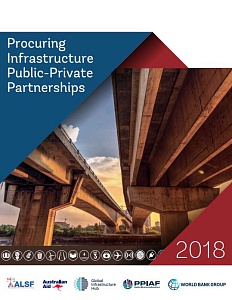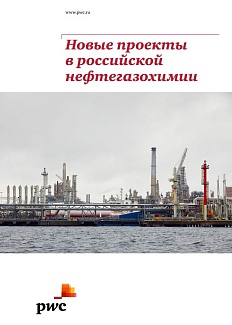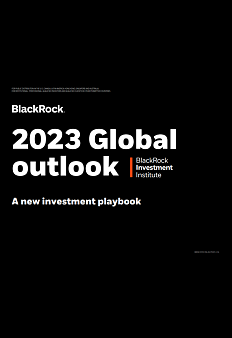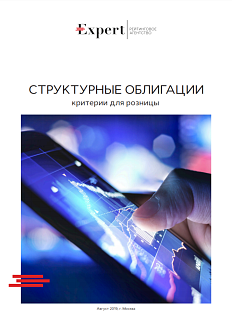Close
Invest in Russia — invest in Russian regions!
All analytics
 All analytics
All analytics
 Procuring Infrastructure Public-Private Partnerships
Procuring Infrastructure Public-Private Partnerships
 New Projects in Russian Petrochemical Industry
New Projects in Russian Petrochemical Industry
 2023 Global outlook. A new investment playbook
2023 Global outlook. A new investment playbook
 Structured Notes: Criteria For Retail Investors
Structured Notes: Criteria For Retail Investors
Expert opinion
2 September 2022

Anlytics on the topic

Research
11 December 2018
This report by The World Bank Group reveals the importance of public-private partnerships (PPPs) for infrastructure procurement, assesses effectiveness of PPP projects at different stages and in different regions, and suggests ways to improve regulatory frameworks.

Research
14 February 2019
The PwC experts have produced an extensive study which aims to reveal how new projects are likely to affect Russian and global markets of large-tonnage polymers.

Research
24 January 2023
Blackrock specialists in their annual review of key trends in the financial markets are looking for answers to the questions that 2022 has asked.

Research
26 September 2019
The placement of SNs under the Russian law can be incentivized by the introduction of access criteria for non-qualified investors. Federal Law 75-FZ introducing SNs in the Russian securities market entered into force in October 2018. The SNs novelty rests in that under certain circumstances, specified in issue documents, their issuer is allowed to pay the note holders less than the face value of the notes. Those circumstances include a range of triggers, such as changes in the costs of goods and securities, currency exchange rate, interest rates, official statistic data, inflation rate, etc. Circumstances determining the payments to note holders also include the default by corporate, sovereign and municipal entities (reference entities), which laid the groundwork for the issuance of Russian CLNs.
So far, there have been no SN offerings under the new law. Structured products (including those originated in overseas jurisdictions) were available to Russian investors previously. The notion of a ‘structured instrument’ is broader than that of a ’structured note’. Structured products include not only instruments that do not guarantee the face value of a note, but also those that protect the investors’ capital against loss (the so-called investment bonds). The latter entitle their holders to claim from the issuers the repayment of their face amount, a minimal fixed-rate coupon and additional sums (depending, e.g., on prices for some assets. Typical examples of these products are deposits and bonds whose issuer has a sovereign-grade rating, which also contain a derivative component (a put option on some asset).The embedded derivative component allows a higher yield, while the interest income on the note ensures the repayment of the face amount.
On June 30, 2019, there were 168 structured instruments issued by Russian market participants, including capital-protected products, , equivalent to around $2.15 billion, of which 109 issues ($90.366m) were denominated in rubles, 52 ($654.7m) in US dollars, and 7 ($71.6m) in euro.
So far, there have been no SN offerings under the new law. Structured products (including those originated in overseas jurisdictions) were available to Russian investors previously. The notion of a ‘structured instrument’ is broader than that of a ’structured note’. Structured products include not only instruments that do not guarantee the face value of a note, but also those that protect the investors’ capital against loss (the so-called investment bonds). The latter entitle their holders to claim from the issuers the repayment of their face amount, a minimal fixed-rate coupon and additional sums (depending, e.g., on prices for some assets. Typical examples of these products are deposits and bonds whose issuer has a sovereign-grade rating, which also contain a derivative component (a put option on some asset).The embedded derivative component allows a higher yield, while the interest income on the note ensures the repayment of the face amount.
On June 30, 2019, there were 168 structured instruments issued by Russian market participants, including capital-protected products, , equivalent to around $2.15 billion, of which 109 issues ($90.366m) were denominated in rubles, 52 ($654.7m) in US dollars, and 7 ($71.6m) in euro.

